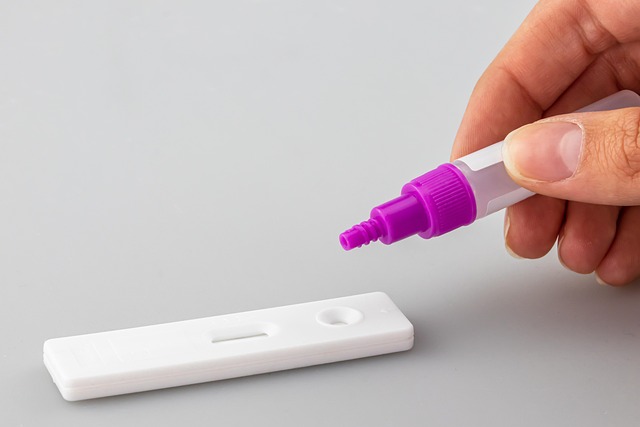
Exploring the Importance of IT Testing in Hardware Technology
In the fast-paced world of hardware technology, the emphasis on reliability and efficiency cannot be overstated. At the heart of this endeavor lies the critical function of testing. It serves as a cornerstone for ensuring that hardware components perform optimally in an ever-evolving technological landscape. Before any device makes its way to consumers, thorough testing processes are implemented to guarantee functionality, durability, and safety.
Information technology is not just about software; it plays a pivotal role in hardware development, where testing takes center stage. From simple circuit boards to complex computing systems, every hardware component must be rigorously evaluated. This multi-faceted approach to testing not only enhances product quality but also fosters customer trust—something that is invaluable in today’s competitive market.
As we delve deeper, we uncover various methodologies of testing that are utilized in hardware technology. One prominent method is functional testing, which assesses whether the hardware operates according to its specifications under various conditions. This ensures that users experience seamless performance in real-world scenarios, minimizing the risk of failure.
Another vital aspect is stress testing, which evaluates how hardware components behave under extreme conditions. By simulating high loads and potential stressors, engineers can identify the breaking points, allowing them to make necessary adjustments that bolster the hardware’s resilience. This proactive identification of weaknesses not only extends the lifespan of the product but also enhances user satisfaction.
Additionally, regression testing holds paramount importance in hardware technology. As innovations and updates occur, engineers must ensure that new features do not interfere with existing functions. This meticulous attention to detail ensures that each iteration of hardware not only meets new demands but also supports legacy functionalities, making the transition seamless for consumers.
Moreover, the significance of compatibility testing cannot be overlooked. In a world where multiple hardware components must work together flawlessly, validating that everything interacts harmoniously is key. This aspect of testing embraces the complexity of modern technology and guarantees that users experience seamless integration, elevating their overall experience.
Incorporating automated testing tools has revolutionized the hardware technology realm, allowing for faster and more extensive evaluations. These tools facilitate meticulous checks, ensuring that hardware meets rigorous standards without compromising time or quality. This transition not only speeds up the development process but ensures that quality assurance is ever-present.
As we continue to push the boundaries of informational technology, the role of testing in hardware technology becomes increasingly vital. Ultimately, it bridges the gap between innovation and reliability, ensuring end-users benefit from state-of-the-art products that align with their expectations. The importance of a robust testing framework cannot be understated—it’s about building future-ready hardware that consumers can trust.



